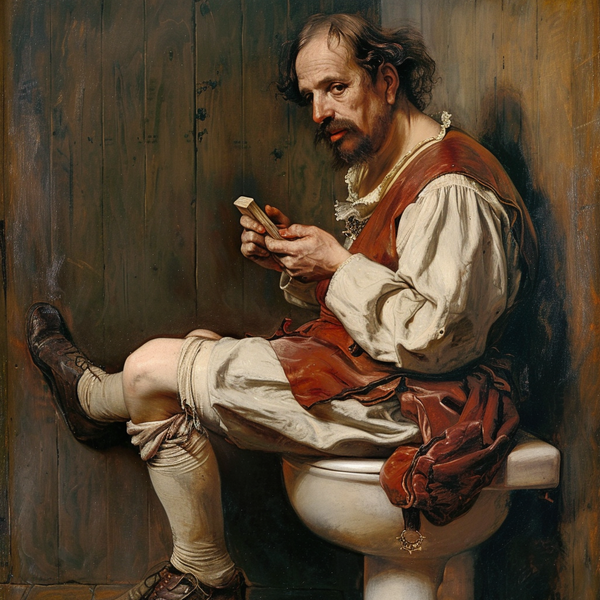Unlocking the Secrets of Medieval Grappling: The Art of Kampfringen
Unlocking the Secrets of Medieval Grappling: The Art of Kampfringen
In the world of Historical European Martial Arts (HEMA), the forgotten techniques of medieval European warfare are revived and celebrated. Among these, Kampfringen stands out as a multifaceted art of combat grappling that was crucial during the middle ages. Its significance stretches beyond the battlefield, painting a vivid picture of medieval martial culture where every knight and commoner had hand-to-hand combat skills crucial for survival.
Historical Context of Kampfringen
Kampfringen, or combat grappling, was widely practiced from the late medieval period onwards. Unlike the sportive wrestling forms we see today, Kampfringen was developed for practical combat applications. The medieval era was rife with confrontations where one's survival often hinged on their combat proficiency - an era where both armored and unarmored combat called for dexterous grappling techniques.
Technique and Philosophy
The art of Kampfringen is comprehensive, encompassing throws, joint locks, and chokeholds designed for both subduing and incapacitating an opponent. Contrasting sharply with modern sport wrestling, Kampfringen focused on real-world applicability, where lethality was a necessary aspect of technique. Practitioners learned the importance of leverage, technique, and anticipation, ensuring that physical prowess was complemented by strategic acumen.
One of the distinguishing features of Kampfringen is its fluid adaptation to various scenarios. Fighters were taught to utilize their environment and maintain situational awareness - adapting dynamically to shifting battle conditions. These skills were invaluable in an era where armor and weapons were prevalent, demanding versatility from medieval combatants.
Documentation and Literature
The meticulous documentation of Kampfringen techniques in the 15th-century fight manuals offers a fascinating insight into this ancient martial art. Masters like Ott Jüd were instrumental in codifying and popularizing these techniques. These manuals not only delineate precise combat strategies but also reflect the sophisticated understanding of leverage and kinetic energy that medieval grapplers possessed.
Modern Revival and Practice
Today, HEMA practitioners around the globe are breathing new life into Kampfringen. The HEMA community's dedication to meticulous historical research and practical application has ensured that the techniques of Kampfringen are not lost to time. Through workshops, tournaments, and regular practice sessions, the art of combat grappling is experienced within a modern context while remaining faithfully rooted in its historical origins.
Conclusion
Kampfringen offers more than just a glimpse into medieval combat; it is a living testament to the intricate martial traditions of the past. Its revival in contemporary times by dedicated HEMA communities ensures that this rich historical art form continues to be practiced, studied, and appreciated by enthusiasts worldwide.
If Kampfringen intrigues you and you'd like to delve deeper into the world of martial arts culture, don't hesitate to explore further. Remember, the past holds countless secrets waiting to be uncovered by those passionate enough to seek them out.

